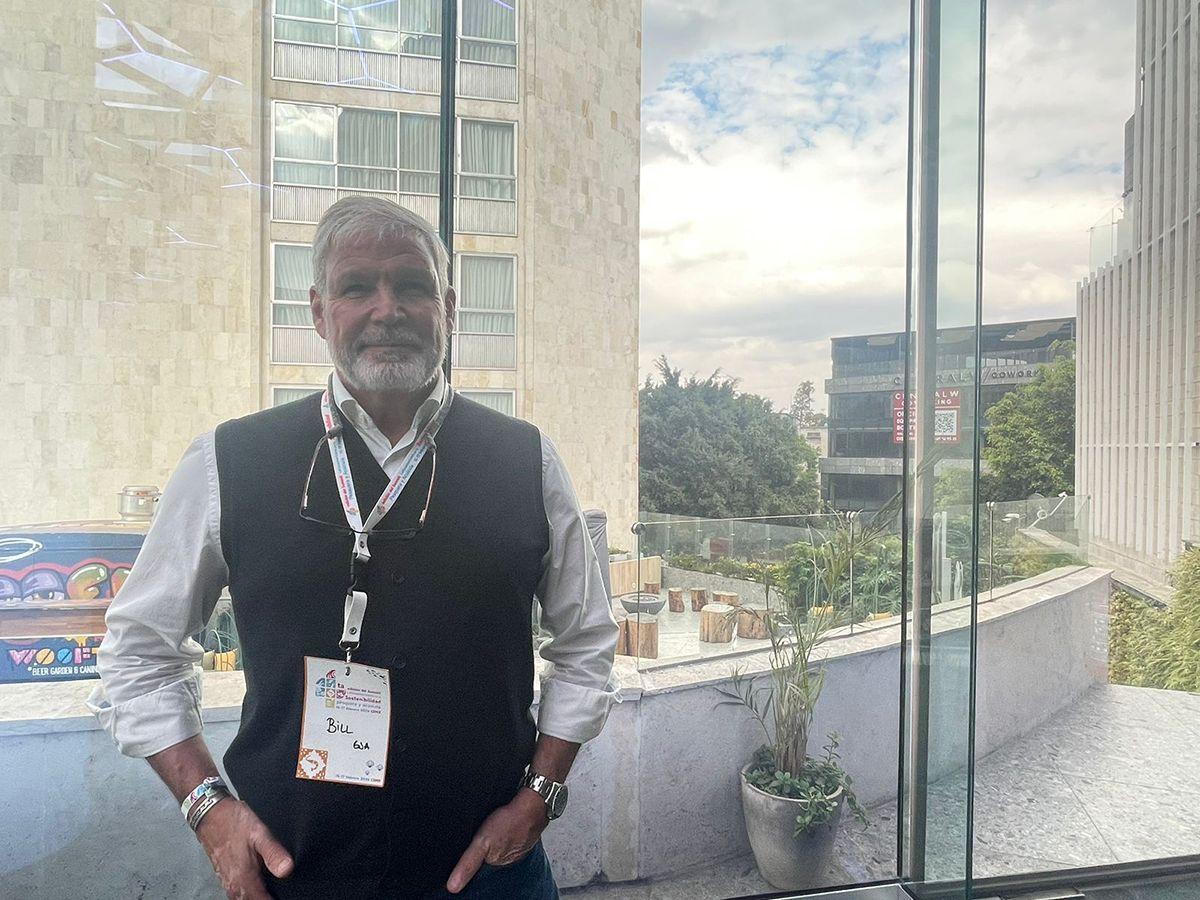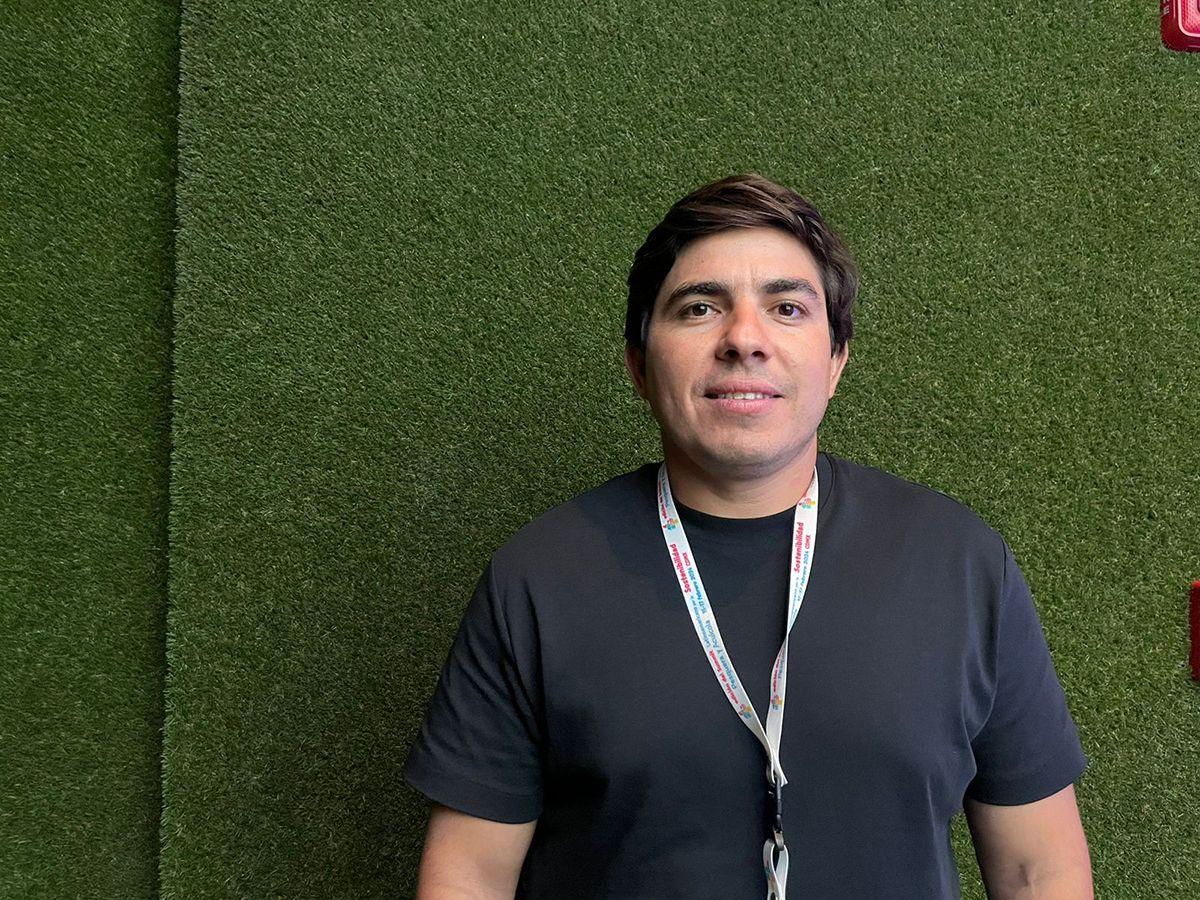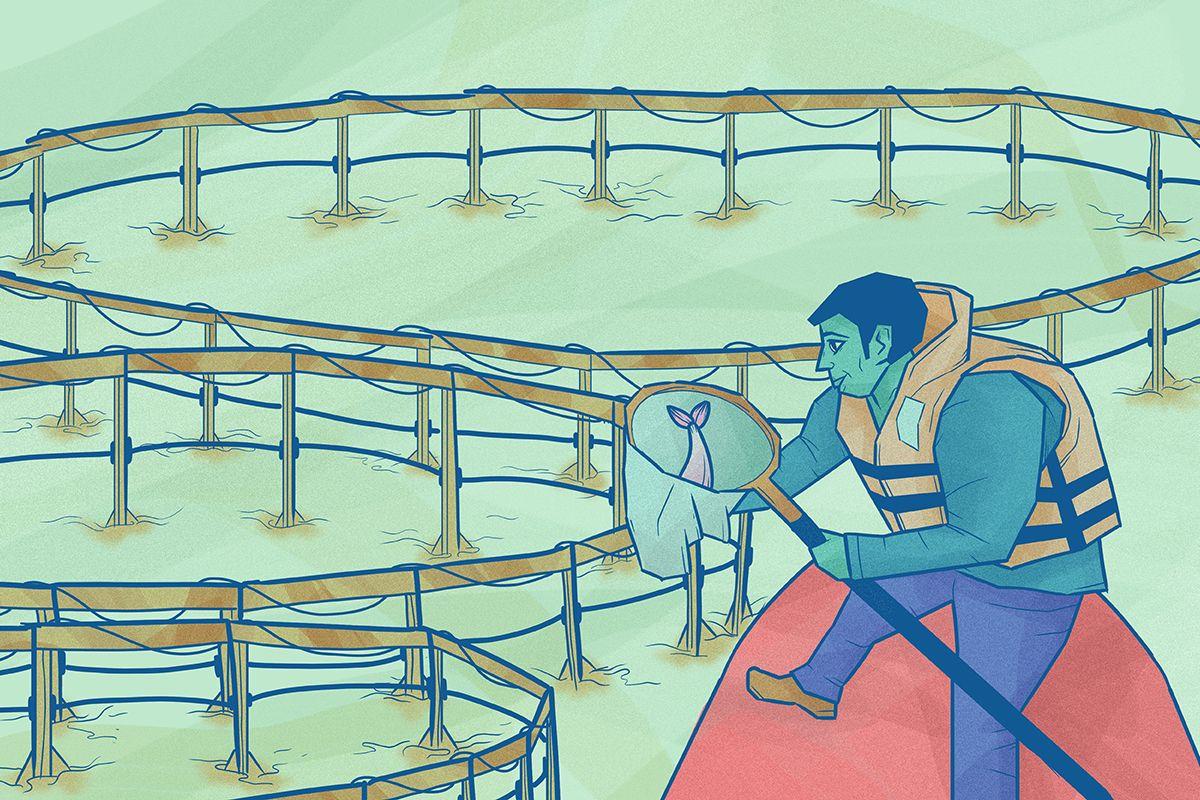Global consumption of aquaculture products is expected to grow 15% by 2030, according to FAO. The need to demonstrate that this activity is done in a sustainable way is increasing and supermarkets have included aquaculture certificates within their purchasing standards to ensure that the fish and seafood they offer to consumers come from responsible practices.
In this area, the Global Seafood Alliance (GSA) developed the Best Aquaculture Practices (BAP) certificate, a proof that demonstrates that aquaculturists meet various standards. These incorporate four pillars: environmental responsibility, social responsibility, food safety and animal welfare.
“We have standards for food plants, which manufacture food, standards for the laboratories where fry or pellets come out in the case of shrimp, for farms and for plants,” said Bill Hoenig, director of market development in Latin America at GSA in an interview with Causa Natura Media.
Aquaculturists are subject to an audit, carried out by third parties, Hoening explained. They are the ones who make the final decision about whether the product meets the standards. “If we were doing the audit it would be a conflict of interest, you can't be the owner of the standard and do the audit at the same time,” he explained.
Grupo Walmart has proposed that 100% of its fish products come from sustainable sources by 2025 and has included BAP among the certificates that guarantee this company. While H-E-B, and Grupo La Comer, also offer products that meet this international standard, according to the Del Mar study at the Causa Natura Center supermarket.
“They basically want to cover their backs. And they want to know that their suppliers are meeting certain standards,” said Bill Hoenig, who considered that the extension of the certificate is now almost universal.
In addition, benchmarks, a reference point used by companies in the same segment to compare good practices with each other, such as the Global Sustainable Seafood Initiative (GSSI), recognize various labels such as MSC and BAP itself.
“So when buyers often, instead of specifying and saying 'oh, I want a BAP certification or I want an MSC certification', they say instead: 'I want a scheme that is benchmarked with respect to GSSI',” he explained.

Scalability
Certifications guarantee access to markets. In this regard, Antonio Garza, an international consultant in aquaculture, pointed out to Causa Natura Media that there is a need to think about the inclusion of small producers or else the certifications will leave them excluded from these markets.
“Certifications have a cost that is too high for a small producer. So, you have to have some mechanism similar to FIPs (Fisheries Improvement Projects), where small producers can have that certification of quality and sustainability without generating a cost that takes them out (of the market), and that makes their operations profitable,” he said.
Aquaculture activities in Mexico are carried out with a total of 9,230 Aquaculture Production Units, in accordance with the National Fisheries and Aquaculture Program 2020-2024. The vast majority are small producers who make up a sector with 56,250 aquaculturists.
Alan Espinoza, co-founder of Bendito Mar Seafarm, in the San Buto estuary, in Baja California Sur, recognized that the high costs of certification are a challenge for an artisanal aquaculture cooperative.
“The fact of paying for entry certification is already a very high number among our budget, our volume of production, in addition, the requirements that are required to have the certification increase your production costs, because you have to have process areas, with some characteristics, you can't be like a little smaller, more artisanal, it has to be a little bigger, with certain delimitations, with epoxy materials, all of that increases the cost,” he said.

However, Bendito Mar Seafarm is preparing to seek certification, for the opportunity to open doors to different markets. And they already have several high standards in various aspects of production, Espinoza said. In particular, the working conditions provided to its 24 workers.
“We haven't yet defined what label, what certification we would have, but we believe that it is necessary. But oddly enough, we are not only working for our certification, but we are looking for the entire body of water where there are 14 producers like us to unify it, and together seek a common certification, and dilute the cost of that certification,” he said.
Hoenig explained that there are group and cluster certification models. The first can cover up to 50 producers. Audits on these are carried out by a single producer, as if it were the taking of a sample. “Now, if one (producer) of those audits fails, the entire group fails.”
On the other hand, in the cluster, the producers carry out a common process, but the failures only penalize the producer individually and not the group, he clarified.
“In my opinion, what we're going to end up with is that we're going to have to revise the standard for small producers. And we're going to have to do it risk-based,” Hoenig said in a personal capacity.
Asked if such a process would happen in the coming years, the director said: “It has to happen now because all the big ones are already certified. Now that's how you include the little ones.”
Help from the government
The Mexican Institute for Research in Sustainable Fisheries and Aquaculture (Imipas) launched this year the Aquaculture Improvement program, which aims to promote Aquaculture Improvement Projects (AIP). These are multi-actor efforts to ensure sustainable aquaculture practices, designed based on models from the international organization Sustainable Fisheries Partnership.
Alejandro Gallardo, head of the Aquaculture Health and Nutrition Department of the Aquaculture Research Directorate, told this media that they have four projects approved for this year.
In the same way as the overall certification model, Imipas contemplates working with groups of aquaculturists from the same body of water to provide training and support.
In Mexico, retail groups such as Costco, Chedraui, have referred to their commitment to sustainability by offering products from AIP.
In this sense, AIPs are an opportunity for producers to show genetic traceability, which guarantees the sustainable origin of a product and thus makes information in accordance with sustainable purchasing policies transparent to buyers.
“All of this that is going to create is more value for producers. A buyer, let's say, like Walmart or Costco, anyone else is going to say, 'let's see, I'm going to demand that you tell me where it comes from, how you created it, that it has its certifications, etc. And that's how I'm going to pay you, '” Gallardo said.
The need to create the Aquaculture Improvement program arose 2 years ago during the implementation of the Imipas technology transfer program, he said. Thus, they identified that practices that are already being carried out could be improved if there is a commitment from producers.
“The ideal is for all aquaculture producers to have better practices. So, an Aquaculture Improvement project, a bit like Fisheries Improvement projects (FIPs), gives them a certain competitive advantage, but above all they give them a certain sustainability profile,” Gallardo told Causa Natura Media.
*This note is part of series #PescadoenelSupermercado, which reports on the standards of fisheries sustainability in the Mexican market.



Comentarios (0)